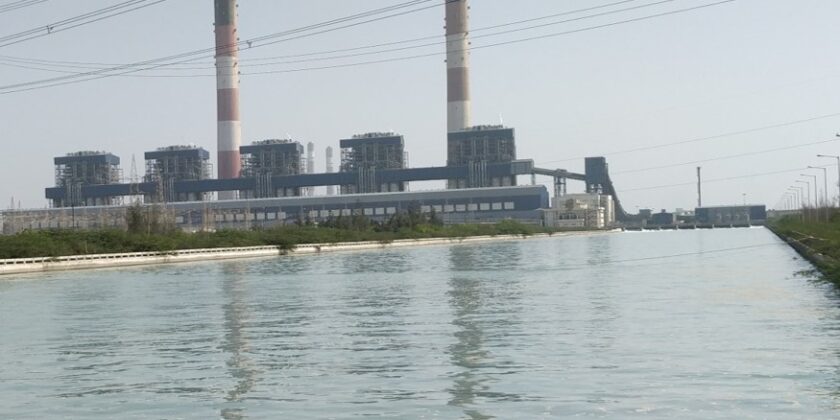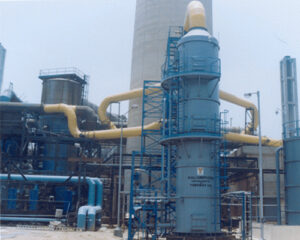Introduction
Flue Gas Desulphurization (FGD) is a crucial process employed in industries to curb air pollution and mitigate the harmful effects of sulphur dioxide (SO2) emissions. As industries continue to grow, the need for cleaner and environmental friendly technologies become imperative. FGD plays a pivotal role in achieving these objectives by targeting one of the primary pollutants – sulphur dioxide.
What is Flue Gas Desulphurization (FGD)?
Flue gas desulphurization commonly known as FGD, is a technology designed to remove sulphur dioxide from flue gases produced during the combustion of fossil fuels. Sulphur dioxide is the major contributor to air pollution, leading to adverse environmental health and damage to vegetation.
Why FGD needed?
The combustion of fossil fuels, especially coal and oil, releases sulphur dioxide into the atmosphere. This pollutant not only contributes to the formation of acid rain but also poses health risks to both human and ecosystems. FGD is necessary to meet stringent environmental regulation and reduce the impact of sulphur dioxide emission.
How FGD Done?
FGD is primarily achieved through wet or dry scrubbing methods. Wet Scrubbing involves passing the flue gas through slurry of water and limestone and other alkaline substances. The sulphur dioxide reacts with the alkaline solution to form solid by-products that can be easily disposed of. Dry Scrubbing, on the other hand, involves injecting a dry sorbent into the flue gas to absorb and neutralize sulphur dioxide.
Benefits of FGD
- Air Quality Improvement: FGD significantly reduces sulphur dioxide emissions, leading to improved air quality and reduced respiratory health issues.
- Environmental Protection: By preventing the release of sulphur dioxide into the atmosphere, FGD helps in protecting ecosystems, preventing acid rain and preserving bio-diversity.
- Compliance with Regulations: FGD ensures that industries comply with strict environmental regulations regarding emissions, avoiding legal consequences and fines.
- Public Health: The reduction of sulphur dioxide emissions through FGD directly contributes to the improvement of public health by minimizing respiratory problems and other health issues related to air pollution.
Conclusion
Flue Gas Desulphurization (FGD) is an essential technology for industries seeking to minimize their environmental impact and adhere to stringent emission standards. By removing sulphur dioxide from flue gases, FGD not only mitigates the harmful effects of air pollution but also promotes a cleaner and healthier environment for present and future generation. As we continue to be advanced technologically, the widespread adoption of FGD is crucial for sustainable industrial development and environmental conservation.



